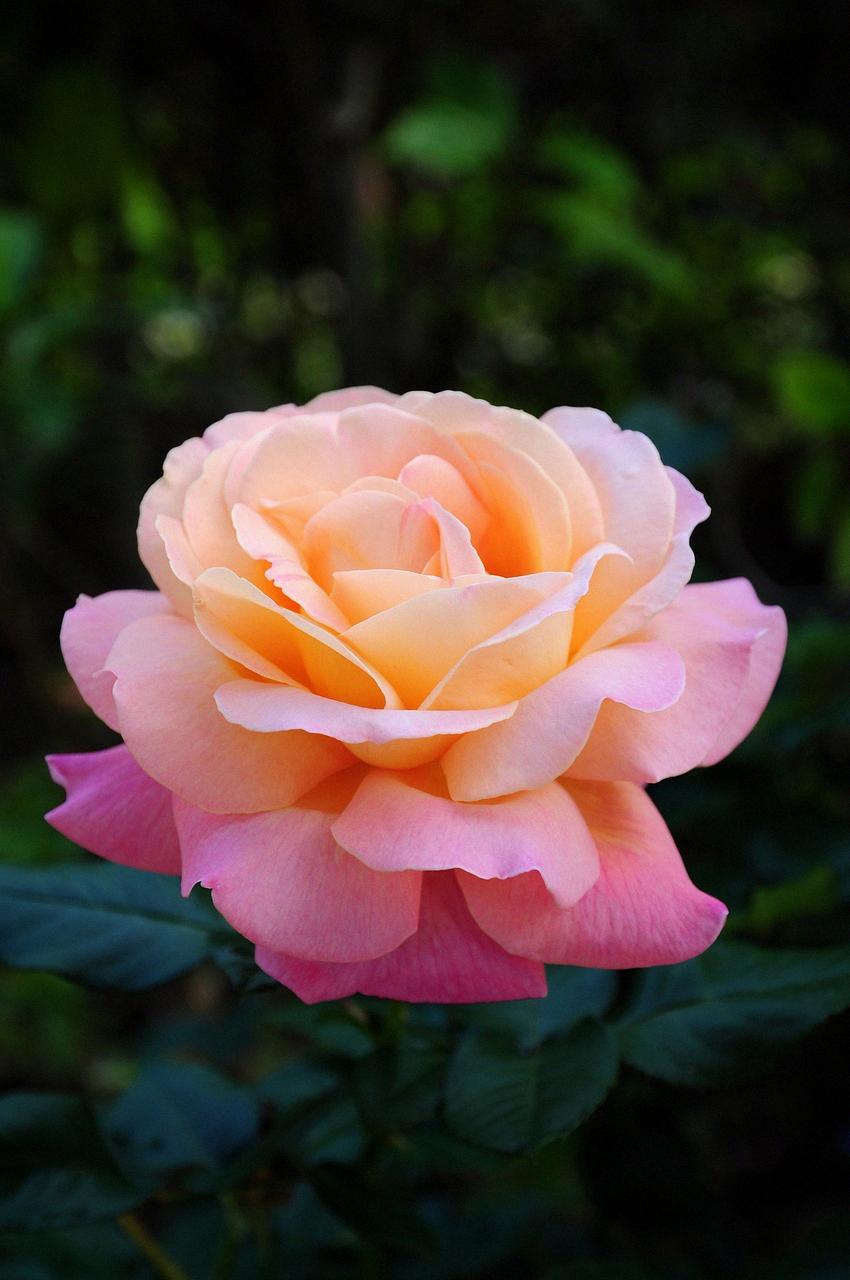When it comes to trimming gardenias, it’s essential to prune them back to upward-growing branches. By doing so, you can encourage the shrub to grow upwards instead of sprawling outwards. This practice not only helps maintain the overall shape of the plant but also promotes healthier growth in the long run.
One crucial aspect to keep in mind is the timing of pruning gardenias. It’s best to prune them after they have finished blooming. This is because the flower buds are typically already present on the plant at this time. Pruning before blooming can result in the removal of these flower buds, which in turn may reduce the overall blooming of the plant.
When it comes to the actual pruning process, it’s important to use sharp and clean pruning shears. Avoid using dull or dirty tools, as they can damage the plant and lead to infections. Start by identifying the branches that need trimming, focusing on those that are growing in undesirable directions or hindering the overall growth of the shrub.
Begin by cutting back any dead or damaged branches to promote new growth and maintain the health of the plant. Next, prune back any branches that are crossing or overcrowding each other, as this can lead to poor air circulation and potential disease issues. Focus on creating an open and airy structure to promote better growth and blooming.
It’s also worth considering the overall shape of the gardenia shrub when trimming. Aim to maintain a balanced and symmetrical form, ensuring that the plant looks aesthetically pleasing in your garden or landscape. Pay attention to the natural growth pattern of the shrub and work with it to enhance its beauty.
When trimming gardenias, it’s important not to over-prune the plant. While it’s crucial to remove any unwanted or excessive growth, be mindful of not cutting back too much at once. Gradual and selective pruning is key to maintaining the health and vitality of the shrub without causing unnecessary stress.
After pruning, it’s a good idea to clean up any debris and properly dispose of the trimmed branches. This helps prevent the spread of diseases and pests in your garden, ensuring a healthy environment for your plants to thrive. Consider mulching around the base of the gardenia to retain moisture and suppress weed growth.
Another important aspect to consider when trimming gardenias is fertilization. After pruning, you may want to provide the plant with a balanced fertilizer to support new growth and blooming. Choose a fertilizer specifically formulated for acid-loving plants like gardenias for best results.
Regular maintenance and pruning of gardenias can help keep the shrub healthy and vibrant throughout the growing season. By following these guidelines and tips, you can ensure that your gardenias remain a beautiful addition to your garden or landscape, providing you with fragrant blooms and lush greenery to enjoy.

